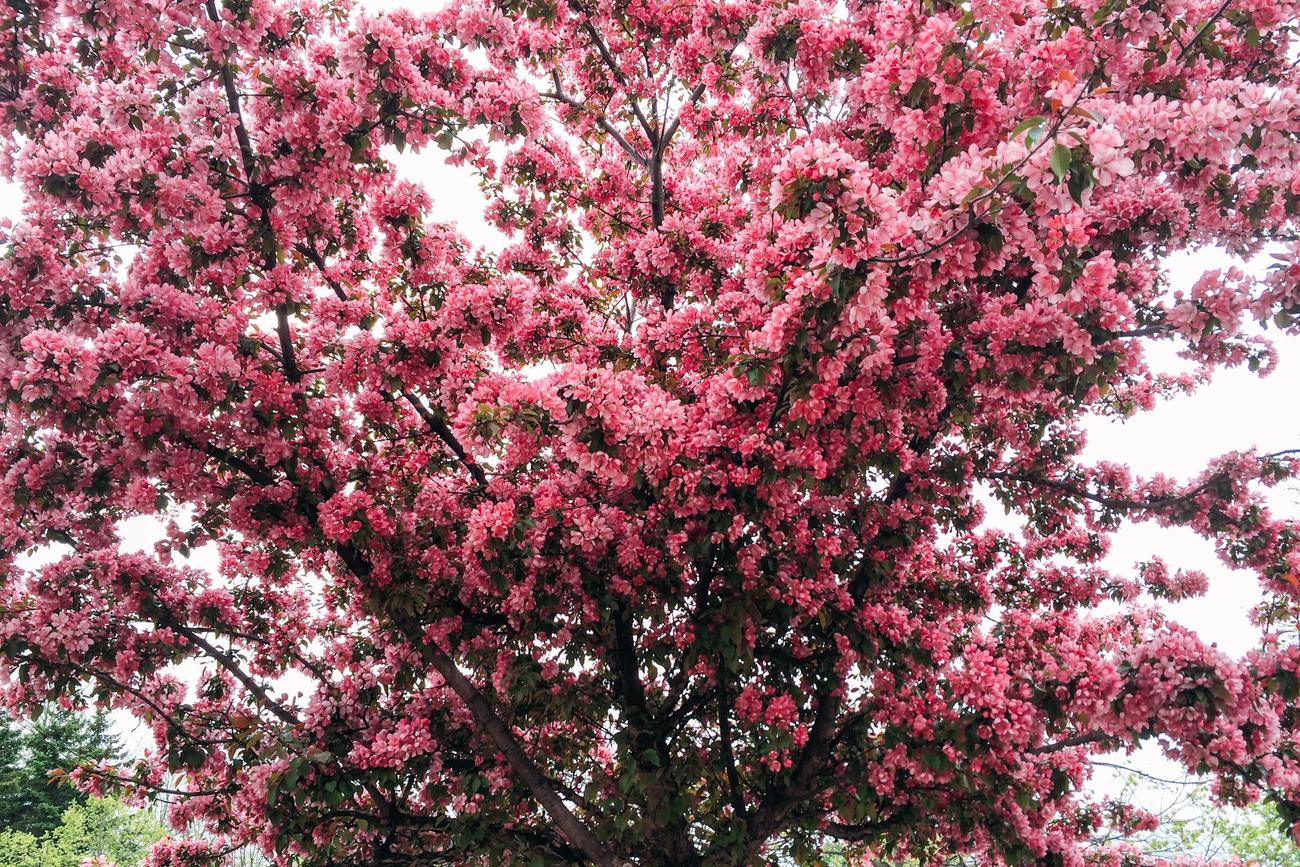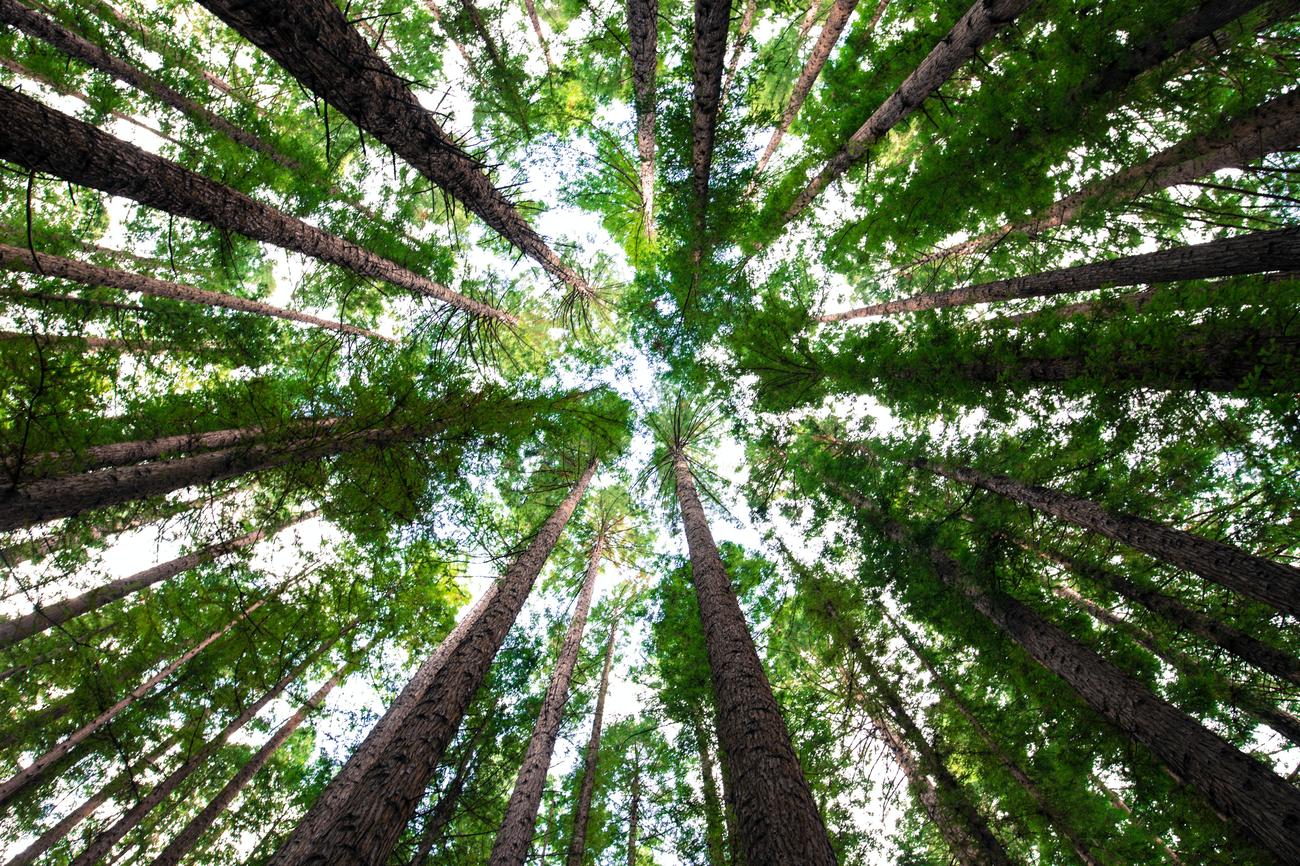Welcome to a fascinating journey into the world of cottonwood trees, where nature’s marvels unfold before our eyes. In this article, we will delve into the intriguing realm of cottonwood tree facts, unearthing the hidden wonders and intricate details of these majestic flora. As a seasoned environmental journalist with a passion for exploring and sharing knowledge about nature’s wonders, I am thrilled to guide you through a captivating exploration of the remarkable cottonwood. So, get ready to immerse yourself in a world of fascinating facts, as we unravel the secrets of the cottonwood tree.

Facts About Cottonwood
Cottonwood trees, nature’s marvels, are majestic giants that can reach incredible heights of up to 100 feet. These towering beauties are easily recognizable by their gray bark adorned with deep furrows. As we delve into the enchanting world of cottonwood, you’ll discover fascinating details about their stunning leaves, reproductive habits, and extensive geographic range.
The leaves of cottonwood trees are a sight to behold. Boasting a glossy green hue, they take on a unique triangular shape with coarse teeth around the edges. This distinct leaf morphology adds to the tree’s charm and contributes to its identification.
Cottonwoods have a gender-diverse approach to reproduction. Both male and female trees develop catkins, which are long, drooping clusters of tiny flowers. However, it is the female cottonwood trees that take the spotlight when it comes to releasing fluffy seeds. These cotton-like coverings not only lend a poetic touch to the tree but also aid in seed dissemination through the air.
Native to North America, Europe, and western Asia, cottonwood trees thrive in various habitats. In the East, you’ll often find them in wet riparian areas, while in the West, they prefer seasonally dry creek beds. Their adaptability to different environments is truly remarkable.
The name “cottonwood” itself alludes to the captivating spectacle of these trees. It symbolizes the enchanting transformation that occurs when the female trees produce their seeds. The fluffy, white cotton-like covering that envelopes the seeds creates a mesmerizing scene, adding to the allure of these magnificent trees.
Throughout history, cottonwood trees have played vital roles in ecosystems and human cultures alike. Their towering presence provides shade for countless creatures, while their fallen leaves enrich the soil, nurturing new life. These trees have also been used in various industries, from timber production to traditional medicine.
In conclusion, facts about cottonwood shed light on the remarkable attributes of these awe-inspiring trees. From their towering stature to their unique leaf morphology, cottonwoods captivate both the eye and the imagination. Their reproductive habits involving catkins and fluffy seeds add an air of mystique, while their adaptability to diverse environments showcases nature’s ingenuity. So, take a moment to appreciate the wonders of cottonwood, a testament to the beauty and resilience of our natural world.
“Cottonwood trees, with their triangular leaves and fluffy seeds, are nature’s marvels that capture the essence of mystique and adaptability.”
Cottonwood trees are an intriguing species known for their unique characteristics. If you’re curious about these majestic giants, here are 3 fascinating facts about cottonwood that will surely pique your interest. Once you’re ready to dive deeper into the world of cottonwood, click here to discover more: 3 facts about cottonwood.
Did you know that cottonwood trees have a lifespan of around 40 to 50 years? Despite their relatively short lives, these trees can grow to impressive heights, reaching up to 100 feet tall. They are known for their large, heart-shaped leaves that flutter in the wind, providing a soothing rustling sound.
Another intriguing fact about cottonwood trees is their ability to release a type of “cotton” during the spring season. These tiny, fluffy seeds, carried by the wind, resemble cotton and give the trees their name. This unique characteristic adds a touch of enchantment to the surrounding landscape.
One more astonishing fact about cottonwood is their significance in ecosystems. These trees play a crucial role in supporting various wildlife species. From providing shelter and nesting sites for birds to hosting a diverse array of insects, cottonwood trees are an essential component of thriving ecosystems.
Now that you’ve learned just a glimpse of what makes cottonwood trees so fascinating, click here to delve deeper into their mesmerizing world.

FAQ
Question 1: How tall can cottonwood trees grow?
Answer: Cottonwood trees can grow up to 100 feet tall.
Question 2: What does the bark of cottonwood trees look like?
Answer: The bark of cottonwood trees is generally gray and has deep furrows.
Question 3: What do the leaves of cottonwood trees look like?
Answer: The leaves of cottonwood trees are glossy green and triangular in shape with coarse teeth around the edges.
Question 4: Do both male and female cottonwood trees produce catkins?
Answer: Yes, both male and female cottonwood trees produce catkins.
Question 5: Do all cottonwood trees release fluffy seeds?
Answer: No, only the female cottonwood trees release fluffy seeds.
- How many weeks is 40 days: Quick Conversion Guide for Accurate Results - March 31, 2025
- How many feet is 300 meters? 984 Feet: Understand Length Conversions Easily - March 31, 2025
- Senior at What Age: Benefits & Eligibility Guide - March 29, 2025
















